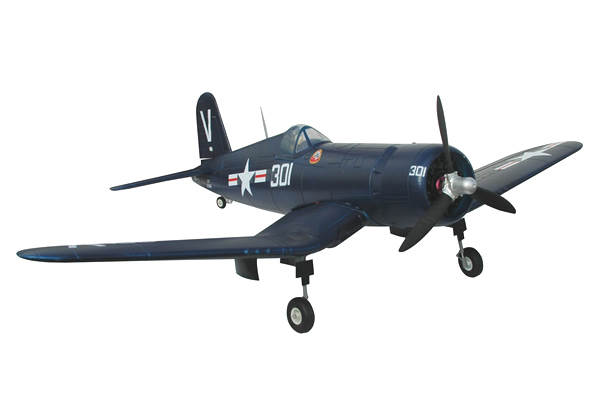

WARNING: Cancer and Reproductive Harm - of the F4U Corsair began in early 1938, headed-up by Vought Aircraft’s Chief Engineer, Rex Biesel. The F4U-4 saw combat in Korea between 19. Improved fighter-bomber capabilities were made possible by putting rocket stations on the outer wing panels. In addition to a new propeller, the F4U-4 had a completely redesigned cockpit, a new canopy for improved bubble effect, a new armor-plated bucket seat, and regrouped instruments. With a rate-of-climb of nearly 4,000 feet per minute and a service ceiling of 41,500 feet, it was the Navy’s answer to the much improved Japanese fighters that were arriving in the Pacific. The F4U-4 was the last variant to be produced during World War II, entering service just four months before the end of hostilities.

The Japanese troops dubbed it “Whistling Death” because of the sound that it made during dive-bombing or strafing runs. The Corsair was given the nicknames “The Sweetheart of the Marianas” and “The Angel of Okinawa” by allied ground forces. Consequently, 24 Corsair pilots became air aces. The plane was not slow to prove its fighting ability and succeeded in gunning down 2,140 enemy aircraft while losing only 189 F4Us during World War II. Eventually it was put into service with the USN in January 1944, after the British proved that it was able to operate safely from carriers. In March 1943, the Marines introduced the aircraft to its debut combat. Although designed as a carrier fighter for the USN, concerns about its landing and visibility characteristics led it to be used initially by the United States Marine Corps (USMC), which operated on land-based runways.

Designed by Rex Buren Beisel and manufactured by Chance Vought, it was made to carry the most powerful engine and largest diameter propeller ever built at that time. The F4U Corsair was the result of a 1938 United States Navy (USN) requirement for a new carrier aircraft that could match the performance of the best land and carrier-based fighter planes.


 0 kommentar(er)
0 kommentar(er)
